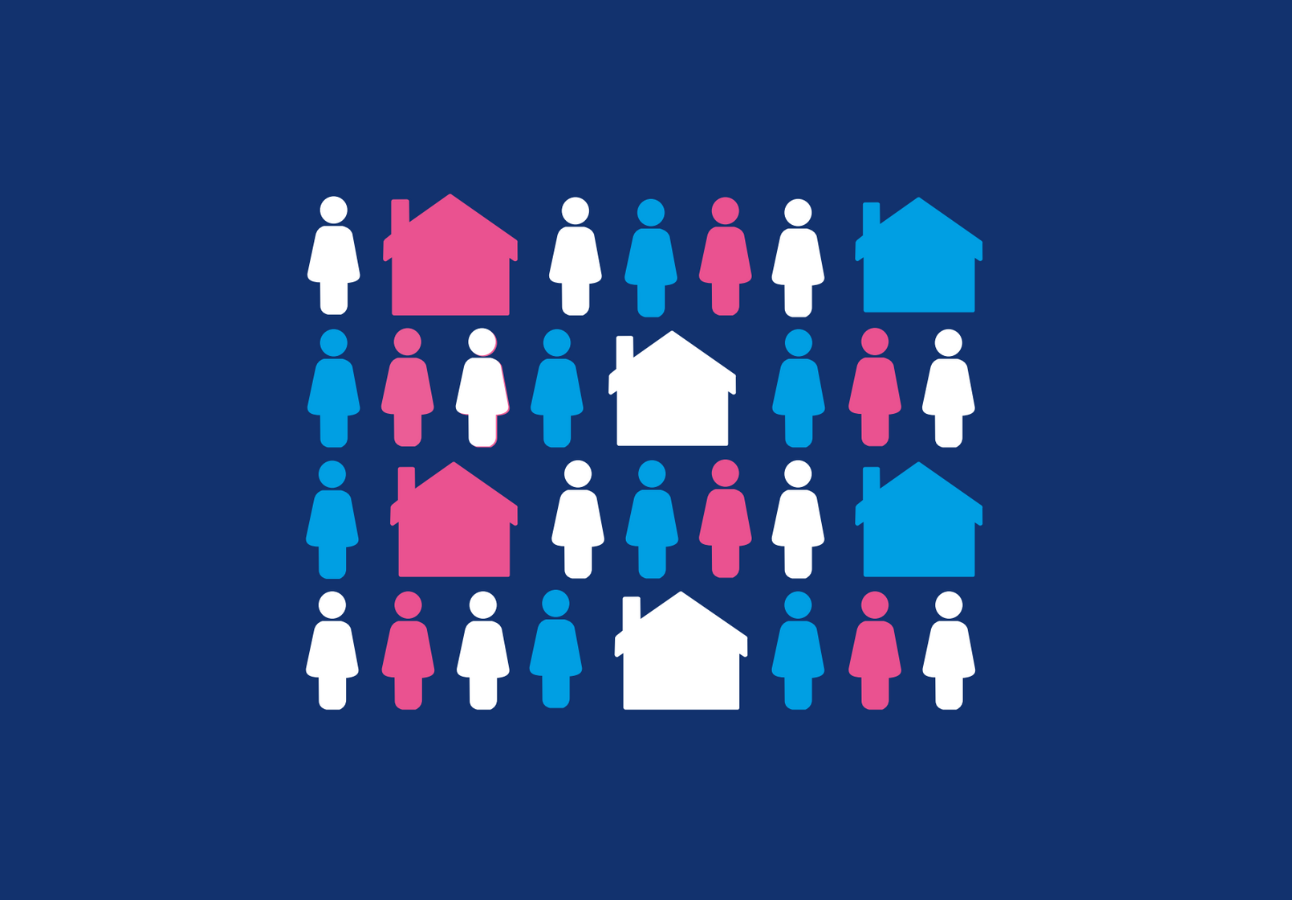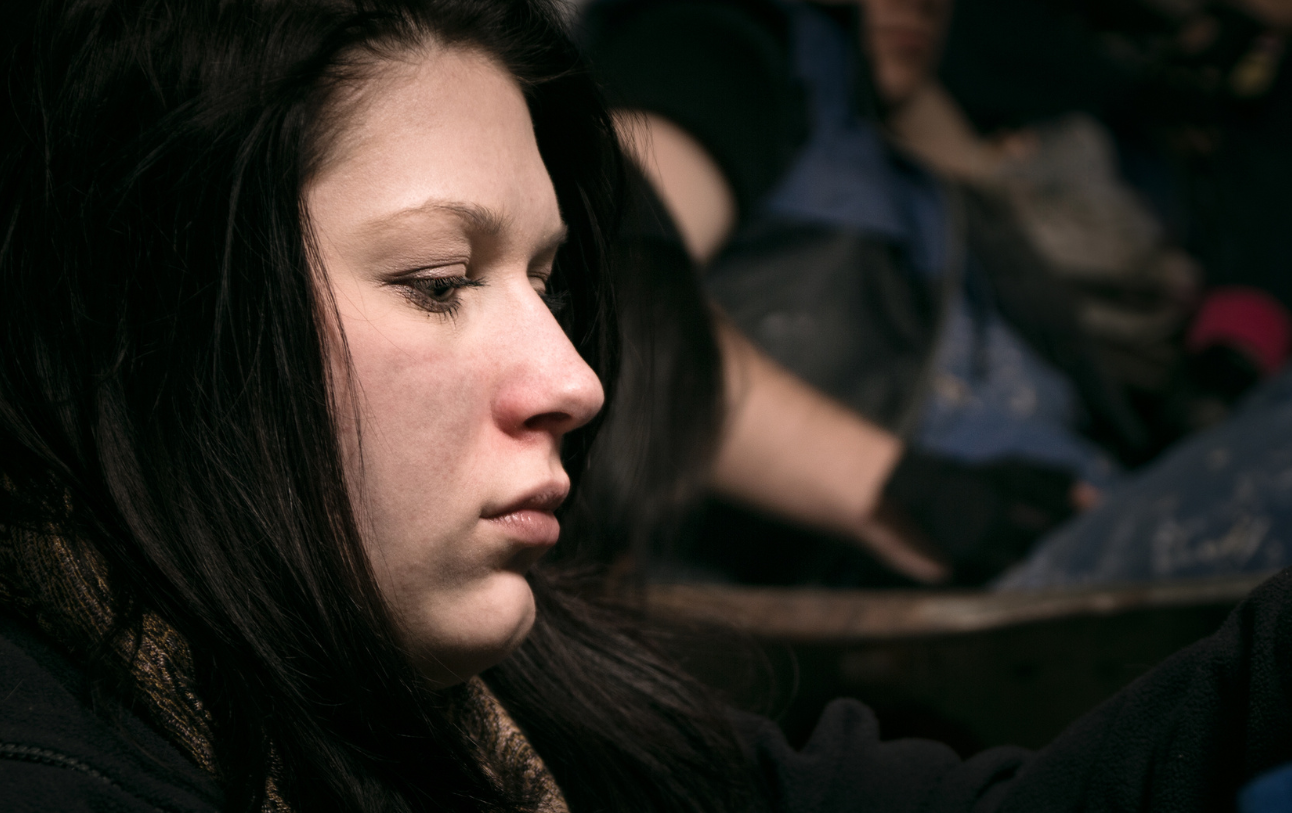I recently wrote about the domestic abuse project I have been seconded to work on for Shared Lives Plus; six months on I thought it was time for an update. It’s been a busy six months, with some real highlights as well as some challenges.
The Good Stuff
Supported by the local domestic abuse services, I visited two of the pilot sites to hold survivor consultations. It’s so important to get the thoughts, ideas and opinions of people with lived experience and it’s something that both Shared Lives Plus and SafeLives feel is crucial to any successful project. I have to say, I was a little nervous about presenting this idea to survivors. Would they like it, would they think it was rubbish? Fortunately, the vast majority of the women I spoke to saw a place for Shared Lives; a safe place to live with a carefully matched and approved Shared Lives carer in the carer’s home. They thought there was a place for this type of accommodation in a survivor’s road to recovery, perhaps when moving on from refuge. It could be a way to help survivors build their confidence before moving on to live independently. All of this was music to my ears, giving me the confidence to move the project forward.
Being a sufferer of domestic violence makes you vulnerable, so being in a loving caring home is what’s needed.
A family environment would aid in emotional healing and the building of trust and confidence. I had no stable family so had to learn through trial and error what a stable family was.
Challenges
I have to admit, the challenges have mainly been finding the right people to talk to in the pilot areas – who knew it would take so much detective work? Building those relationships is so important though, if we’re to make the project a sustainable success.
From the survivors I spoke to, there were also some concerns about the risk associated with a project like this:
One of the issues I see is if an abuser was to find the victim and cause damage to property or the people whom the victim was living with.
The challenges would be in keeping everyone safe.
Survivor
However, with careful planning and collaborative working with the necessary stakeholders we believe that a Shared Lives arrangement can offer an alternative housing option that is both safe and supportive.
What do we hope to achieve
For me, this is simple. I want to be able to give victims and survivors of domestic abuse more choices when it comes to housing. The Shared Lives model won’t suit everyone, but having spoken to survivors and professionals, I believe it will suit some. So, we need to make this work. We need local authorities, domestic abuse services, Shared Lives Schemes, service users and other stakeholders working together to ensure that survivors have a range of options available to them.
I feel I haven’t got a right to complain. [about poor accommodation]
Beggars can’t be choosers.
Survivors


